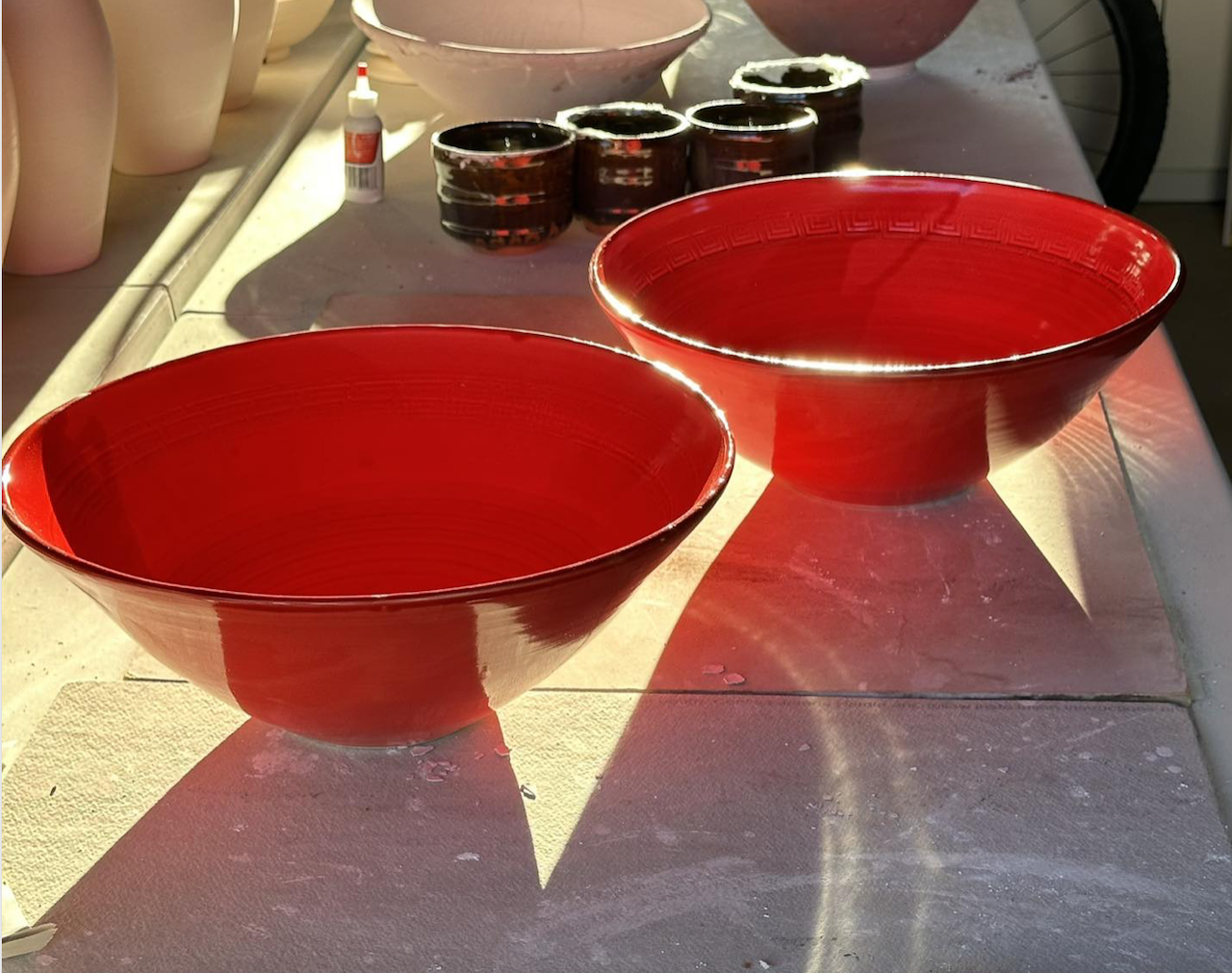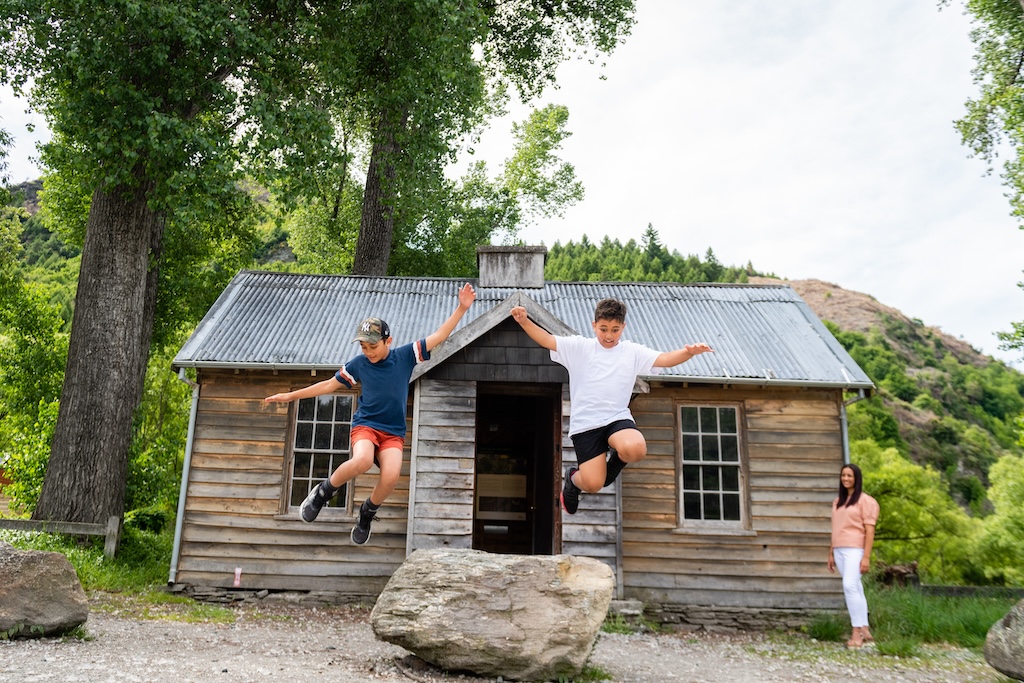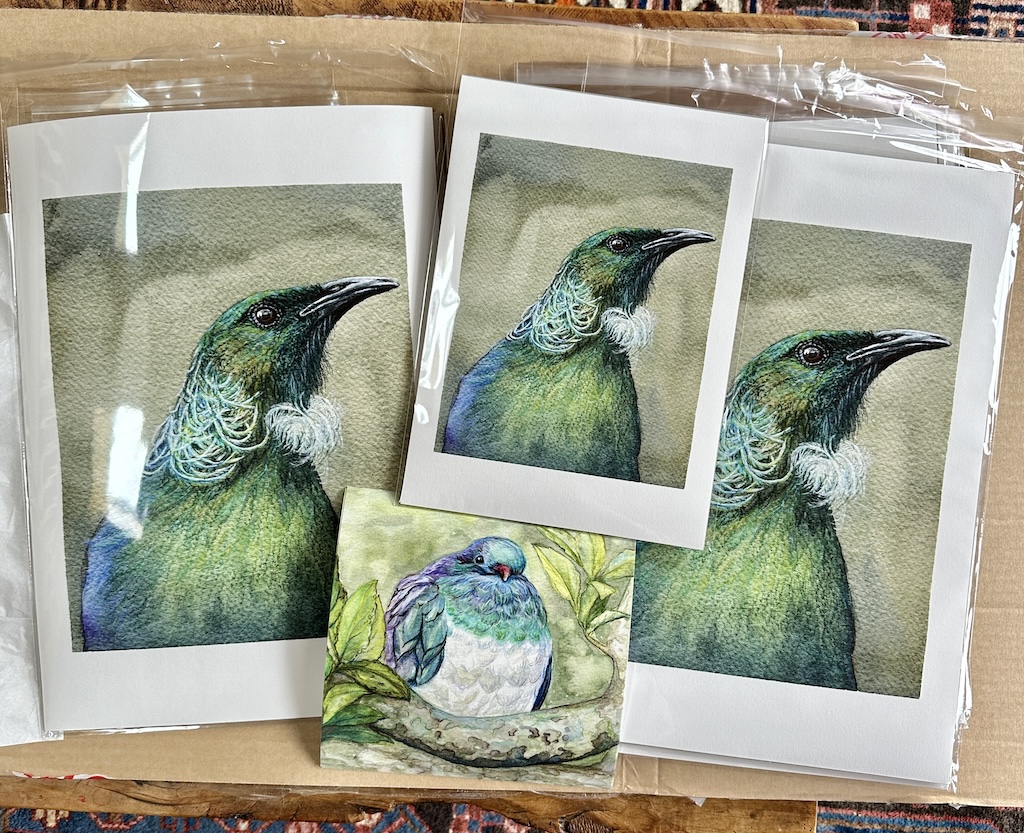New Zealand’s Native Fern Inspires Design

The tallest tree fern in New Zealand, the Black Tree Fern, or Mamaku, graces the forest canopy with ancient grace and giant splendour. Lyzadie Renault, furniture designer extraordinare, of Lyzadie Design Studio, has created an inspired Black Tree Fern Collection, that is handmade in New Zealand. Here she talks about the collections origins, intent and magical, crafted journey.
1. Why were you inspired by the Black Tree Fern? I find them utterly majestic. They transport me, make me feel like I’m in prehistoric times where any moment a dinosaur will come stumbling into view. Their form too is mesmerising. I find the black branches very beautiful in a surreal way – like they are part of an animal or insect. Gazing at them I often half expect them to start walking or moving like the black legs of an insect. It’s a creepy but very powerful sensation.
Making the collection it was this transformative quality, and the contrast of their physical make up that inspired me to design these pieces. The pattern of the canopy above the New Zealand bush is so light and elegant and it seems to contrast with the strong branches. I love that contrast. Solid and black to light and thin.

3. When you started sketching the products in the collection, which product came first? How did it come about? The round dining table came first. The black branches held the strongest design appeal and lead the creative process. The branches are quite sculptural and dark so I saw that in the table very quickly but the canopy concept for the table top came much later.


I had sketched various forms and patterns of it but wasn’t satisfied with any of them. It took a lot longer (and a trip to the zoo with one of my children) before I was clear what the canopy design would be.

4. Were there challenges making the first product/prototype in the collection? Yes. It took me well over a year to find a maker to make the metal base. My first approach seemed to be going well with one of my usual creative partners taking on the whole project, but a few weeks into the prototype process they came back and said the metal worker found the base too challenging. I went to maker after maker and spent over eight months meeting people, going over drawings and trying to find solutions but no one was able or willing to make it work. I wasn’t giving up on the idea though. It was a good reminder just how much patience and resilience it takes to create a collection. I even tried, unsuccessfully, looking for a supplier to make it in timber. Finally, Powersurge decided they would give the prototype design a try and the rest, as they say, is history. When you come up with designs makers have never made before you have to be prepared to be very persistent but the results when they work out are so satisfying.

5. How do you bring sustainable materials in the design process or when do you think of the materials? When I design a collection, I have already given a lot of thought of the best materials. I want to know whether they are sustainable, whether they will last a long time, can elements be recycled or upcycled at its end life, or is it biodegradable. I also look to the makers and their philosophy about reducing waste. These considerations never leave my mind when I design. For example, in the Black Tree Fern collection, Treology sources sustainable rescued river wood – Matai. You will find the GPS coordinates tag under each table and product which tells you where the tree was found. Provenance is something quite meaningful, I think. It enriches the experience with the product.



